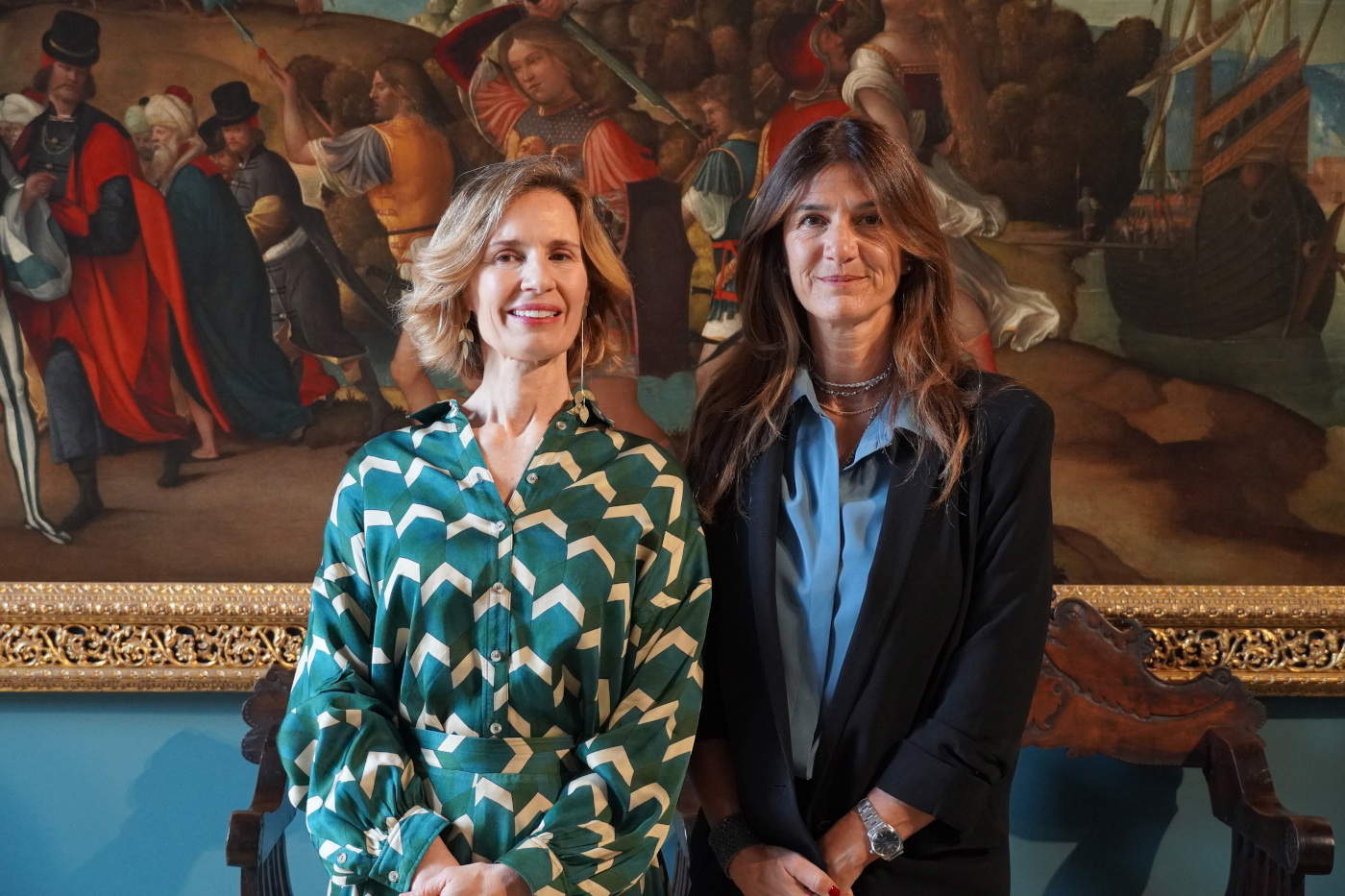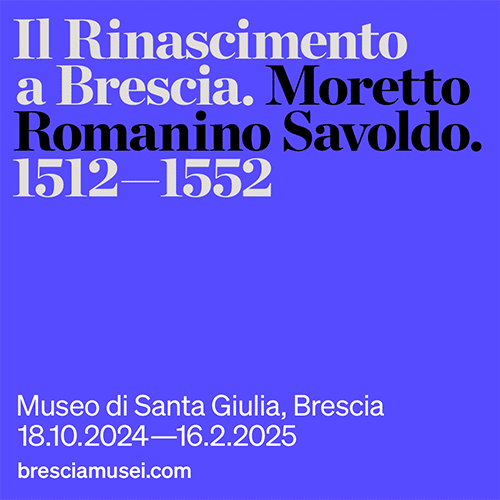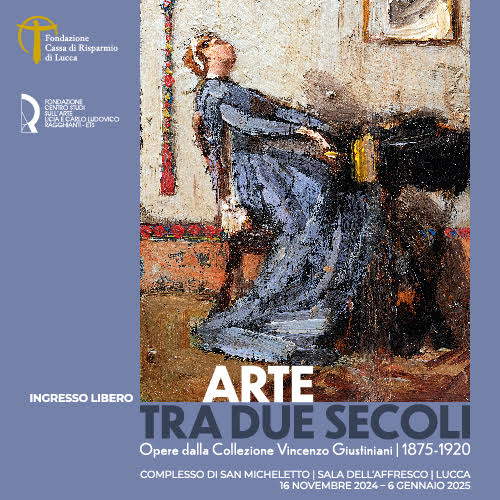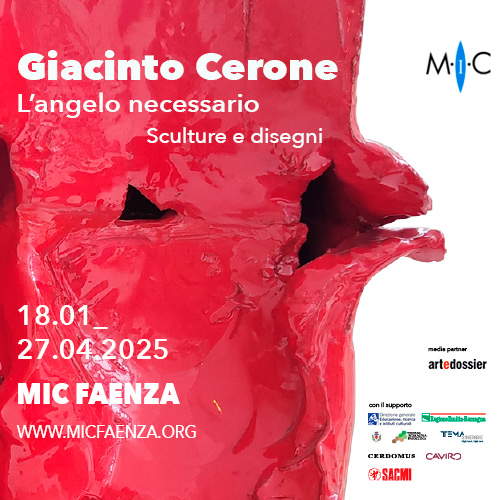Verona, Palazzo Maffei and WHO Center launch project on positive effects of museums on psychological well-being
From the collaboration between Palazzo Maffei Casa Museo and the WHO Center for Research in Mental Health at theUniversity of Verona comes the MINERVA project, with the aim of creating, with the co-involvement of medical specialists, cultural workers and art historians, a cultural journey within a museum reality, and to evaluate the impact that artistic experience, particularly the museum experience, can have in improving psychological well-being, anxious depressive symptomatology and general functioning. A field trial then, in this case in the halls of a museum to help provide evidence on the positive effects of artistic experience and cultural activities for the mental health of individuals and populations, and indicate the role museums can play in prevention and treatment in these areas. A growing body of research now suggests how arts and cultural activities can be important in promoting mental health and well-being in the population, both individually and collectively.
The MINERVA project, which will kick off in a pilot phase on May 27 and then be offered again on an ongoing basis, will provide a cultural itinerary structured in three guided tours, weekly, each lasting less than an hour, during which participants will be guided by an in-house art historian to visit the masterpieces on display. Each talk will differ from the previous one in terms of the themes being examined, focusing on the varied facets that make up the Collection.
Responsible for the project are Professor Michela Nosè, professor of Psychiatry and chair of the Single Guarantee Committee of the University of Verona, Professor Corrado Barbui, professor of Psychiatry and director of the Department of Neuroscience, Biomedicine and Movement, and Vanessa Carlon, director of Palazzo Maffei Casa Museo and vice president of the Carlon Foundation of Verona.
The objective of each visit is to tell the dual soul of the exhibition through the dialogue between ancient and modern, the collector’s care and installation, the museographic layout and the variety of points of view with which to decipher the same work, and will be structured as follows:
1st meeting: Monday, May 27, 3-4 pm
ANCIENT AND CONTEMPORARY: A CONTINUOUS DIALOGUE: The Palazzo Maffei Collection presents a dual soul due to the eclectic character of a collection that has grown without chronological or genre limits and thanks to private collector passion. The first visit aims to welcome and accompany participants on the kaleidoscopic journey between ancient and contemporary, translating the dialogues on which the juxtapositions between different eras and styles are established. Through approaching and decoding the main works and their reasons for displaying them, the aim is to enable an understanding of the Collection, including masterpieces and curiosities.
2nd meeting: Monday, June 3, 3-4 p.m.
HIDDEN SCIENCE IN ART: Hidden Science in Art is a tour aimed at revealing the close connection between scientific and humanistic realities. Not opposite poles, but transversal disciplines linked by a mutual interdependence: through the Collection of Palazzo Maffei we want to ignite a spark of interest in both worlds, demonstrating how behind artistic aesthetics there is also scientific research.
3rd meeting: Monday, June 10, 3 to 4 p.m.
ART AND PSYCHOLOGICAL WELL-BEING: A CONNECTION WITH THE WORKS: As a final visit, a path is proposed to discover the more intimate and spiritual value of art, revealing how artistic potential, in addition to its aesthetic pleasantness, conveys profound stimuli in favor of psychological well-being. According to Kandinsky’s vision, the viewer must learn to look at the image as a graphic representation of a state of mind. The course focuses on the relationship of individual and collective well being and the function of the museum.
“The collaboration with Palazzo Maffei Casa Museo by the WHO Center of the University of Verona is particularly important for us,” explains Professor Michela Nosè,“because it responds to the need to promote new paths of promoting psychological well-being, and evaluate their effectiveness. The Minerva project aims to offer a museum pathway to citizens, with an assessment of psychological well-being before and after the pathway, precisely to understand how, in what areas and on what symptoms there can be an impact and what the factors associated with its implementation and effectiveness may be, and then to create the necessary local conditions for the development and dissemination of the project.”
“Fostering and being a participant in medical-scientific research on the positive effects of artistic and cultural enjoyment,” commented Vanessa Carlon, director of Palazzo Maffei Casa Museo, “is fundamental for a place of art and culture that also believes in the social function of museum realities. Research in this area has reached a crucial point, to develop therapeutic programs and induce positive behavioral practices and habits in the community by recognizing the role of museums, so we are really happy to be at the forefront with an innovative project with the University of Verona, which is home to the WHO Center in Mental Health, and such high-profile researchers, which we hope will yield significant results.”
Participation in the meetings is free and aimed at those over 18 years of age upon registration, ensuring attendance at all three meetings (for the pilot phase, the number of participants is limited; you can request registration by sending an email to giulia.turrini@univr.it). Participants will be asked to fill out standardized questionnaires at the beginning of the first visit and at the end of the last one to assess psychological well-being, anxiety-depressive symptoms, and general functioning, and the data collected will later be analyzed anonymously. It is estimated that the first results of the research can be disseminated in late June-early July, so that a more structured project can subsequently be structured for the fall, inviting with a call to action the population and especially young people, in whom anxiety and depressive symptomatology have increased, to participate free of charge in the pathways made available by Palazzo Maffei, so as to assess the different positive effects according to different socio-demographic characteristics.
Pictured are Vanessa Carlon, director of Palazzo Maffei Casa Museo di Verona, and Michela Nosè, professor of psychiatry and chair of the University of Verona’s Single Guarantee Committee.
 |
| Verona, Palazzo Maffei and WHO Center launch project on positive effects of museums on psychological well-being |
Warning: the translation into English of the original Italian article was created using automatic tools. We undertake to review all articles, but we do not guarantee the total absence of inaccuracies in the translation due to the program. You can find the original by clicking on the ITA button. If you find any mistake,please contact us.





























